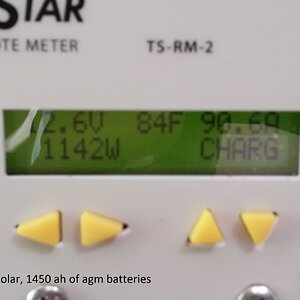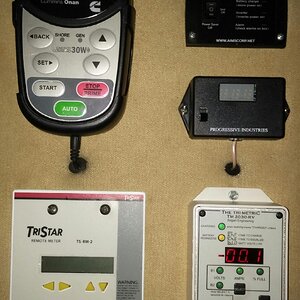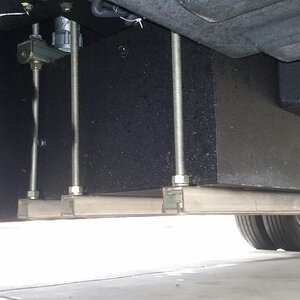redbaron
Moderator
- Joined
- Nov 3, 2019
- Messages
- 2,972
- RV Year
- 2022
- RV Make
- Newmar
- RV Model
- London Aire 4551
- RV Length
- 45
- Chassis
- Spartan
- TOW/TOAD
- 2020 Jeep Wrangler Unlimited Rubicon
The theory that I have seen others discussing is that temp has nothing to do with the real issue. Instead, the amonia created by temp is causing the shaw (and other) sensors glue to fail, allowing the sensor to become compromised. The failure is the sensor assembly itself, causing the sensor to fail. Once the sensor fails, the report will be one of the data points reported by the sensor, or all of them...temp, quality, quantity. This will cause a derate.
Replacing the sensor, and making no other changes will resolve the issue. No need to regen. No need to drain/fill. No need to do anything other than send good signals.
Replacing the sensor, and making no other changes will resolve the issue. No need to regen. No need to drain/fill. No need to do anything other than send good signals.













